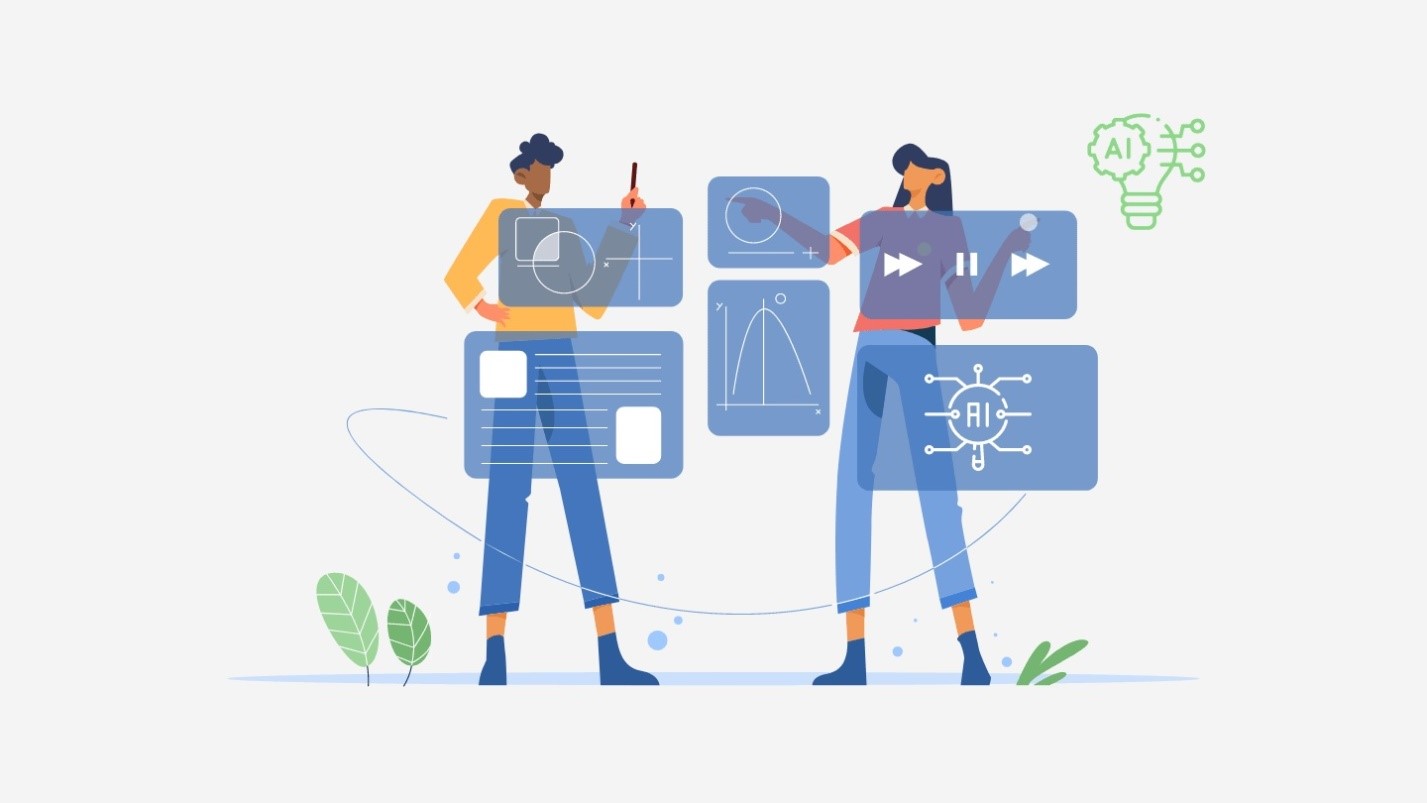Power Apps: Why Canvas Apps are The Better Choice
Power Apps have changed how the world used to perceive app development. The emergence of Power Apps has made app building easier and faster. For the uninitiated, Power Apps are a set of applications, connectors, data platforms, and services that allow making customized apps conveniently and at a fast pace. The apps built using Power Apps can be connected to various data sources.
As a Software Development Company providing various app-related solutions, including IT managed services. The companies have experts certified in Power App development and can build apps for your business needs. TechAhead, with a strong bench of Power App certified and experienced staff, is one of the leading companies that specialize in Power App development services. Although Power Apps can be managed by anyone, it takes way less time and effort if the job is performed by certified experts.
There are three types of apps that can be designed using Power Apps – model-driven, portal, and canvas.
Here, we will dig deeper into the third type, Canvas apps.
Canvas apps can be called the most convenient of the three types. It works on the drag and drop formula and can be customized as per the requirement of the business. It gives you the flexibility to arrange the interface the way you desire. As the name Canvas suggests, this type of app can be built in two layouts – landscape (horizontal) or portrait (vertical). On the Canvas, components can be dragged and dropped and then resized as per the requirement. Once the design is ready, it can be integrated with the data sources using basic coding, as easy as Excel formulas.
There are many positives of using the Canvas app, along with its own share of limitations. The first and foremost plus of Canvas is its ease of working. Since there is no data-driven approach involved in Canvas, it is very easy to use. Also, it needs coding but not very extensively, hence, it is not complex in nature. There is the scope for experimenting with designs and is ideal for task-based solutions.
However, as Canvas comes with only two layout options, it is not very responsive by design. If you have to go beyond the landscape and portrait modes for your desired screen space, you will have to manually adjust each component in the app and place them in a way that they stay neutral to various screens. It usually isn’t an issue for apps with fewer components, but if the components are more, it can get tedious.
When weighed together, there are more pros of Canvas, which make it a popular choice for simple apps that are used in day-to-day life. With the world sticking more to mobile phones and tablets, Power Apps provide simple and faster solutions to the growing need of the fast-changing business requirements. So be it a small café or a kindergarten or a photo booth, Power Apps is going to come in as a handy tool.

